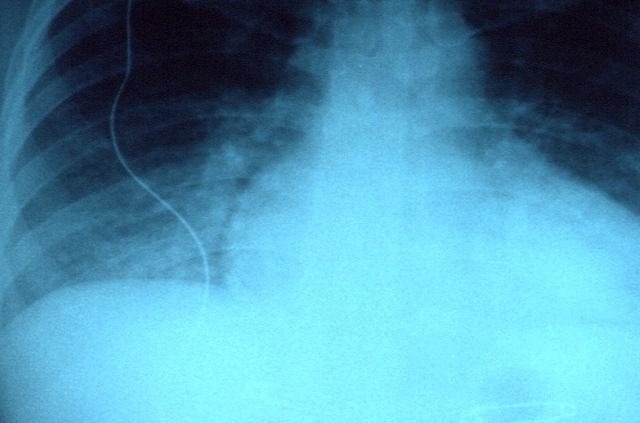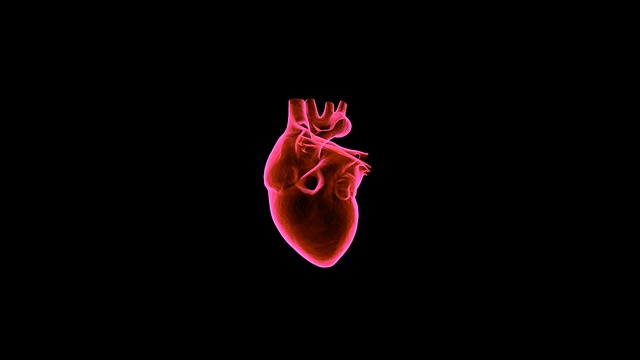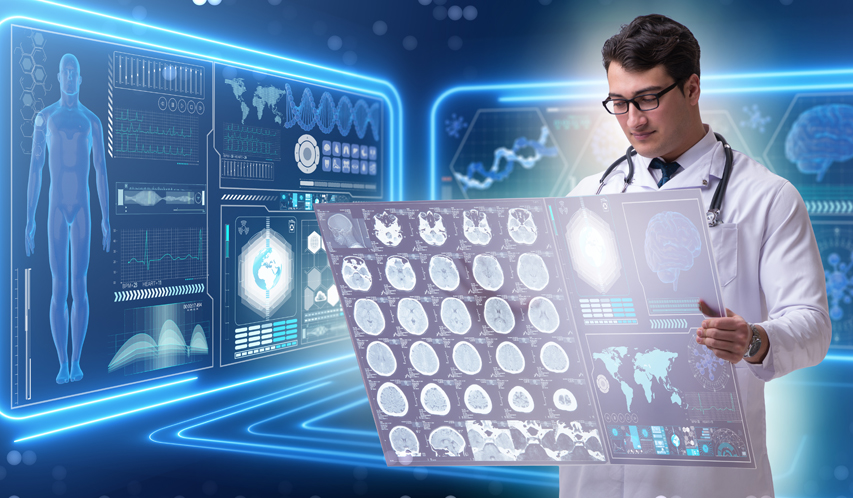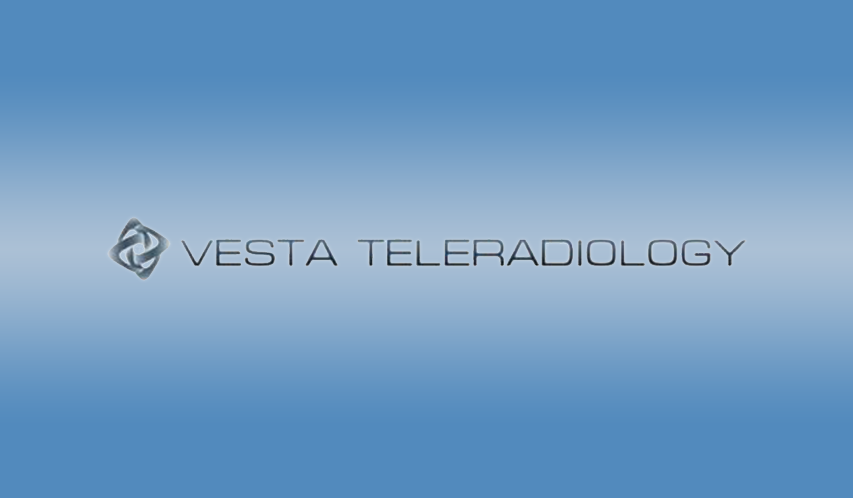Healthcare workers on the brink of burnout often feel overwhelmed and out of control. It is difficult for them to describe the exhaustion and fatigue they experience–even at the beginning of a work shift. These feelings intensify as the relentless weeks continue.
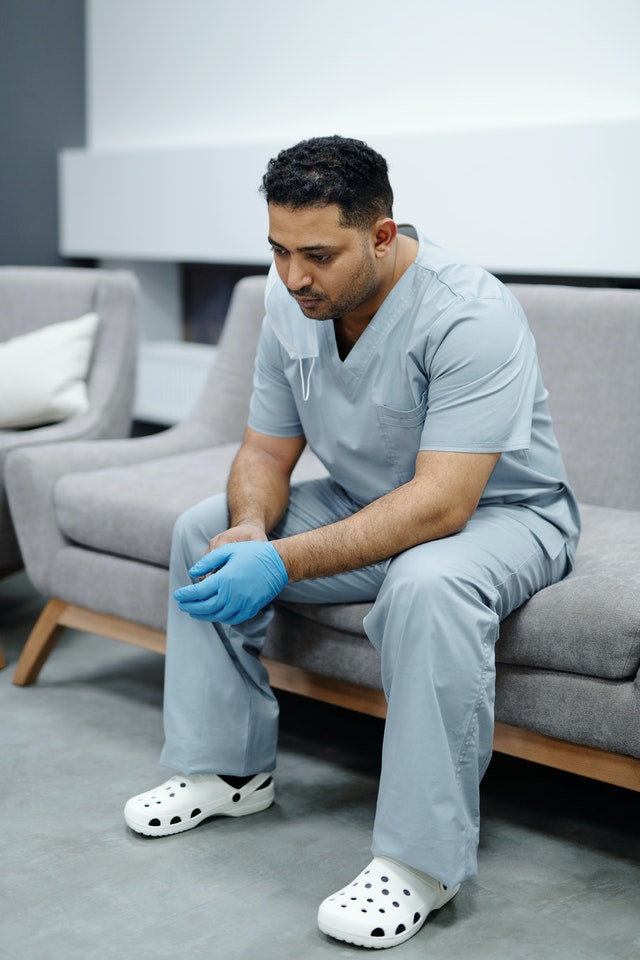
A worker’s burnout symptoms can surface in many ways. It can be recognized by a worker’s inability to identify with their job, feelings of inadequacy in their profession, and a weariness that blankets their personal and professional lives.
Front line health workers have little relief from the expectations of their jobs, and they experience constant requests from people in pain and with desperate needs. Also, staff shortages plague the industry, spreading the work responsibilities to a minimal amount of workers.
Most health care professionals enter the field with a sincere desire to help other people, but the extreme emotional pressure of the profession can drain even the most dedicated individuals.
Every person’s strategy to get through difficult times is as different as the circumstances that perpetuated the feelings of burnout. Taking just a few minutes to evaluate what has worked in the past is helpful in realizing a starting point for an individualized healing plan.
As a healthcare team or individual, it is constructive to prepare a list of self-care evaluations and strategies to tailor healing plans. Healthcare workers rarely consider self-care at the top of their list of things to do.
A written checklist reduces the need for a person to think about how to fix yet another problem and provides an avenue to an instant action plan when a healthcare worker’s emotions and nerves are frayed.
Checklist Suggestions
- Would a walk or run be helpful right now?
- Do you need a safe distance between yourself and others?
- Sit down, close your eyes and breathe in to the count of 4 and breathe out to the count of 4. Continue until you can relax your shoulders.
- Would exercise before work be helpful? Maybe walking or riding your bike to work might give you emotional preparation time for the shift?
- Do you need fun activities like dancing, singing, camping, or anything else that may give you pleasure? Schedule the time to do that right now.
- Are you eating healthy food?
- Are you drinking enough fluids to stay hydrated?
- Are you sleeping well? If not, what will help you sleep 7 to 9 needed hours?
- Are you increasing the use of alcohol and other drugs? If so, do you need help?
- Are you staying in contact with family and friends for added support?
- Do you need a friend? Remember, you are part of a team–you are not alone. Many others are working alongside you with similar circumstances or feelings.
- Do you need additional emotional support?
- Would journaling about your feelings be helpful to you?

The purpose of this checklist is to allow ideas to flow and assist a person in defining the individual needs at any given time. This process also allows healthcare workers to remain in control of their decisions for change.
Management can be instrumental in providing their Healthcare Workers with the needed support to avoid staff burnout. Management can provide added recognition to staff members for the work they do and structure a work environment that encourages self-care.
Vesta Teleradiology: here for you, even on weekends
Vesta – an tech-driven, patient-centered radiology solutions provider–understands the importance of giving healthcare workers the time they need to recharge and rest. That’s why our radiologists work day, nights, weekends and holidays. Look to Vesta for reliable, outsourced radiology interpretations and customized reports for your patients.

